Draft CIT rules puzzle firms
 The Ministry of Finance (MoF) is seeking comments on its new draft CIT circular which will replace current CIT circulars No. 130/2008/TT-BTC dated 26 December 2008 and No. 18/2010/TT-BTC dated 10 February 2011.
The Ministry of Finance (MoF) is seeking comments on its new draft CIT circular which will replace current CIT circulars No. 130/2008/TT-BTC dated 26 December 2008 and No. 18/2010/TT-BTC dated 10 February 2011.
Do Trong Hoai, tax director of KPMG Vietnam, said: “the Vietnamese government has a comprehensive plan for the development and modernisation of the tax system in Vietnam, and is progressively implementing this plan over a number of years. The challenge for the tax authorities is to implement tax reforms that align with the commercial environment, which is also changing all the time. Equally, taxpayers have a challenge in staying up to date with tax reforms and properly following ever changing tax regulations”.
Hoai also added “Despite various clarification and guidance introduced in the draft circular, a number of outstanding concerns which had been raised by businesses for years have not been addressed in this draft circular”.
He specifically mentioned that the current CIT law explicitly confirms a business entity is “allowed” to carry forward and offset its tax losses against its taxable profit within five years from the year following the year when the loss is incurred. Despite previous guidance from tax authorities, there is still a remaining question on whether a business entity entitled to CIT incentives is allowed at its own discretion to carry forward its losses to any year during the above 5-year limitation period. The answer should be yes, Otherwise, the rights of the business entity to carry forward its losses within 5 years under the CIT law has been disregarded, Hoai said.
In addition, under current CIT regulations, income derived from investment expansion is no longer entitled to CIT incentives (i.e. standard CIT rate of 25 per cent will apply). However, since there definition of investment expansion is ambiguous, it is likely that income derived in relation to increase in production capacity (without either increase in investment capital and/or investment in new production lines) can be classified as “investment expansion”, and subject to standard CIT rate of 25 per cent even when the enterprise is still under its CIT incentive period.
Also, the draft circular re-confirms that CIT incentives which had been granted to enterprises (except for those in garment and textile sectors) meeting export ratio conditions were removed from January this year, and those enterprises are allowed to select and apply new CIT incentives which are based on their actual conditions of investment encouragement (rather than the export ratio one), and existing CIT regulations during the period from their establishment dates to the date before the effective date of Decree 24/2007/ND-CP dated 14 February 2007, or as of 31 December 2011. However, the draft circular does not answer the question whether the new CIT incentives will apply from January 1, 2012 or from their establishment dates, Hoai said.
Some important changes in the draft include:
Income derived from revaluation of land use rights which is used for capital contribution into another enterprise will be allocated into other income for a maximum period of 10 years from the year when the asset is contributed.
Enterprises are allowed to claim depreciation expenses in relation to its construction projects such as office buildings, factories or shops which are built on land leased or borrowed from organisations, individuals and households (i.e. not directly leased from the state or an industrial zone) and used for business purposes for CIT purposes provided that relevant land lease and construction contracts and legitimate receipts of construction costs are in place.
Commissions paid to sales distributors of multi-level marketing companies enterprises, and newspapers given to people who are accredited with their contribution to the Revolution, war invalids, sick soldiers, officials and/or soldiers working in islands and remote areas, and areas with particularly difficult social-economic conditions will be fully deductible (i.e. no longer subject to the cap of 10 per cent or 15 per cent of the total deductible expenses) for CIT purposes.
What the stars mean:
★ Poor ★ ★ Promising ★★★ Good ★★★★ Very good ★★★★★ Exceptional
 Tag:
Tag:
Latest News
More News
- Global tax shift forces inevitable adjustment (October 12, 2023 | 11:00)
- Empowering female leaders in tech: insights and aspirations shared at KPMG Tech Innovator 2023 (September 27, 2023 | 18:00)
- Vietnam’s impressive vision for a cleaner energy future (September 12, 2023 | 14:20)
- KPMG tech innovator contest unveils top 6 finalists (July 19, 2023 | 16:32)
- Decoding preferences of investors in tech startups (June 26, 2023 | 13:40)
- KPMG propels private enterprises in Vietnam towards sustainable excellence (June 26, 2023 | 08:00)
- Fundraising challenges must be navigated in uncertain M&A market (June 20, 2023 | 17:00)
- Valuable guidance for operating in Vietnam (June 15, 2023 | 17:14)
- Responding to the changes in the startup environment (June 05, 2023 | 14:19)
- ESG-centric businesses set to gain plaudits for long-term vision (May 04, 2023 | 11:00)

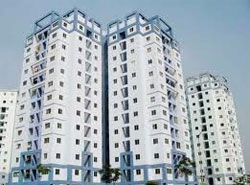
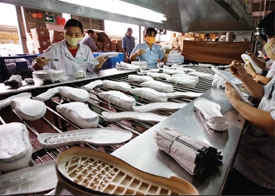




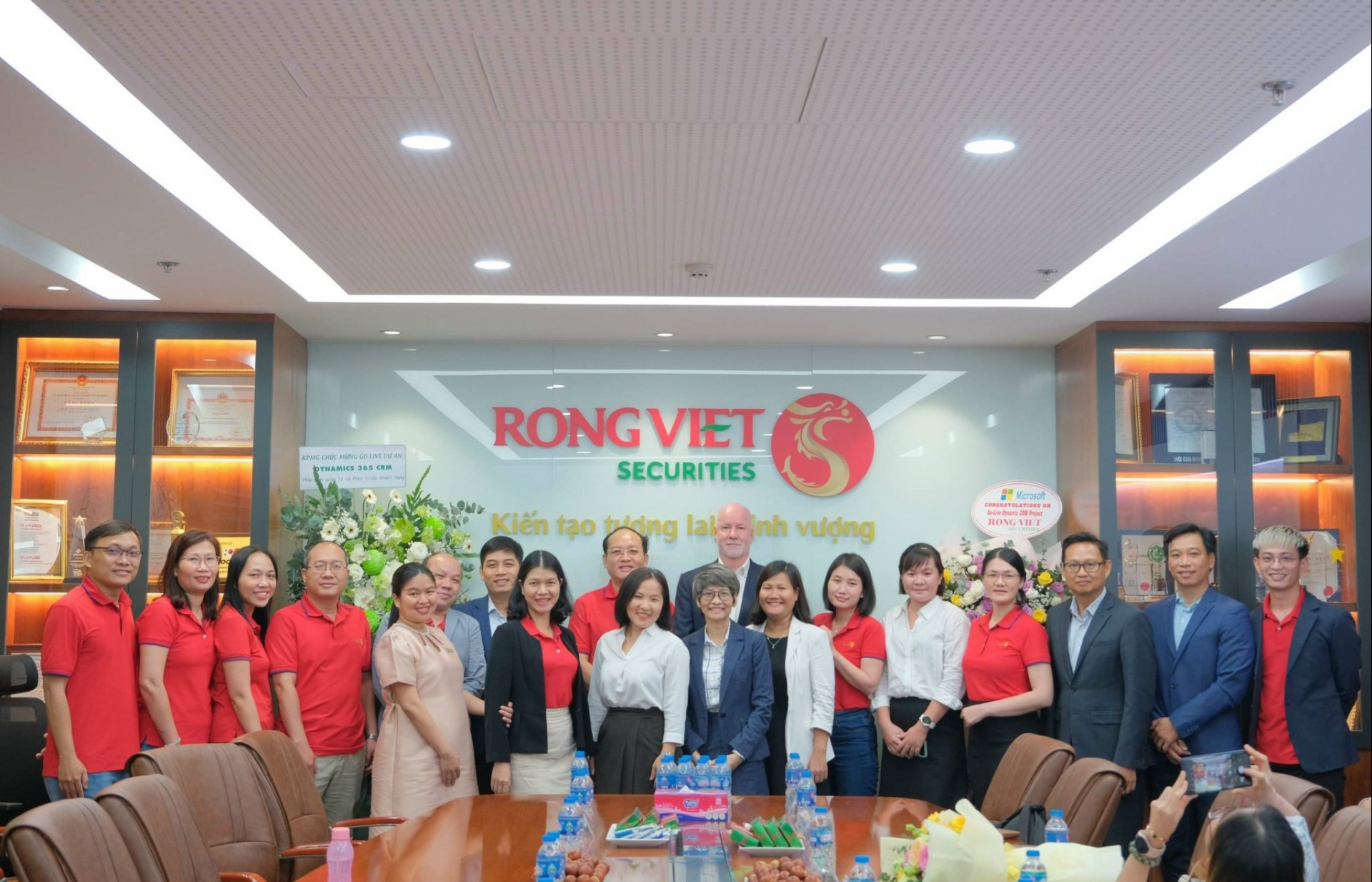
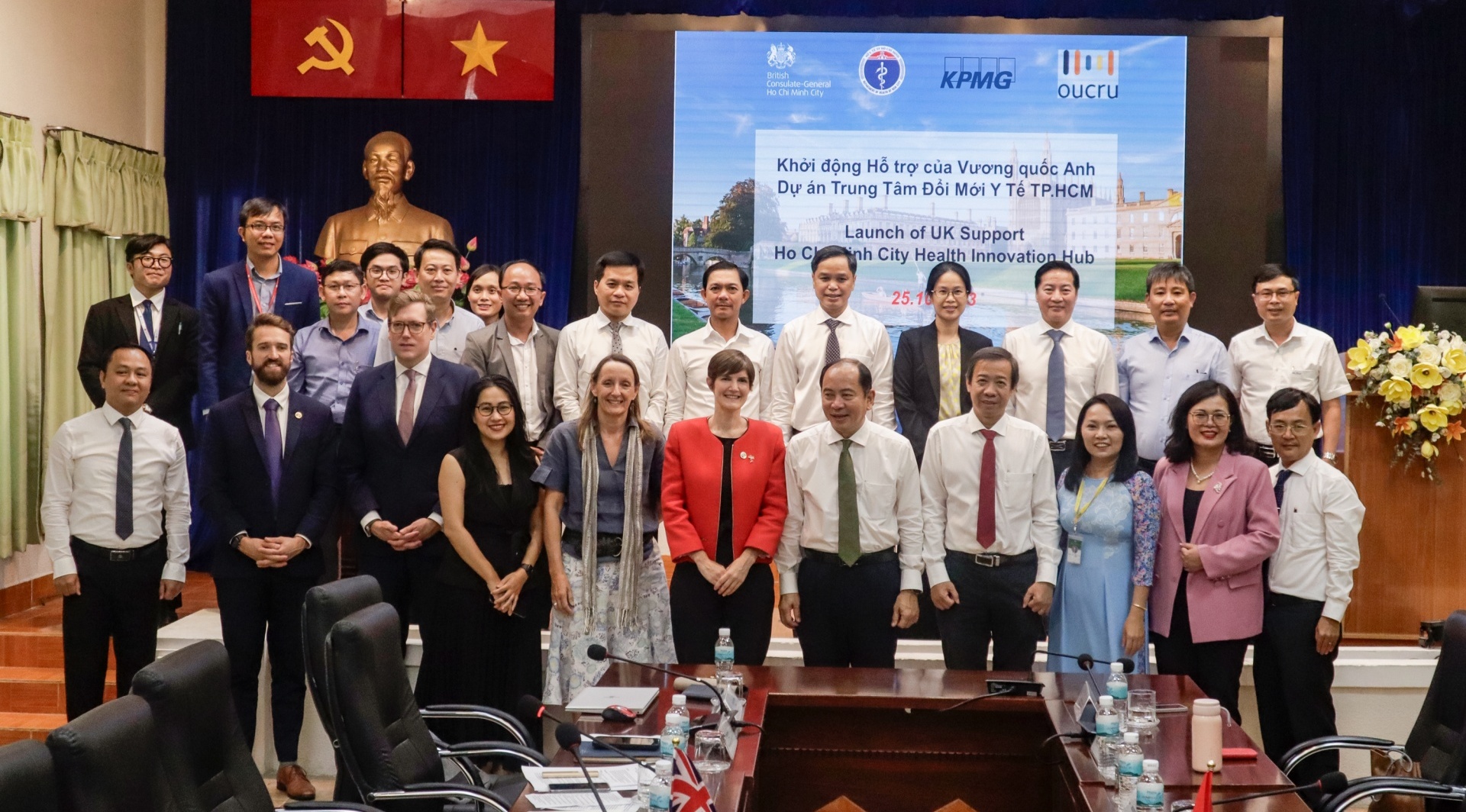



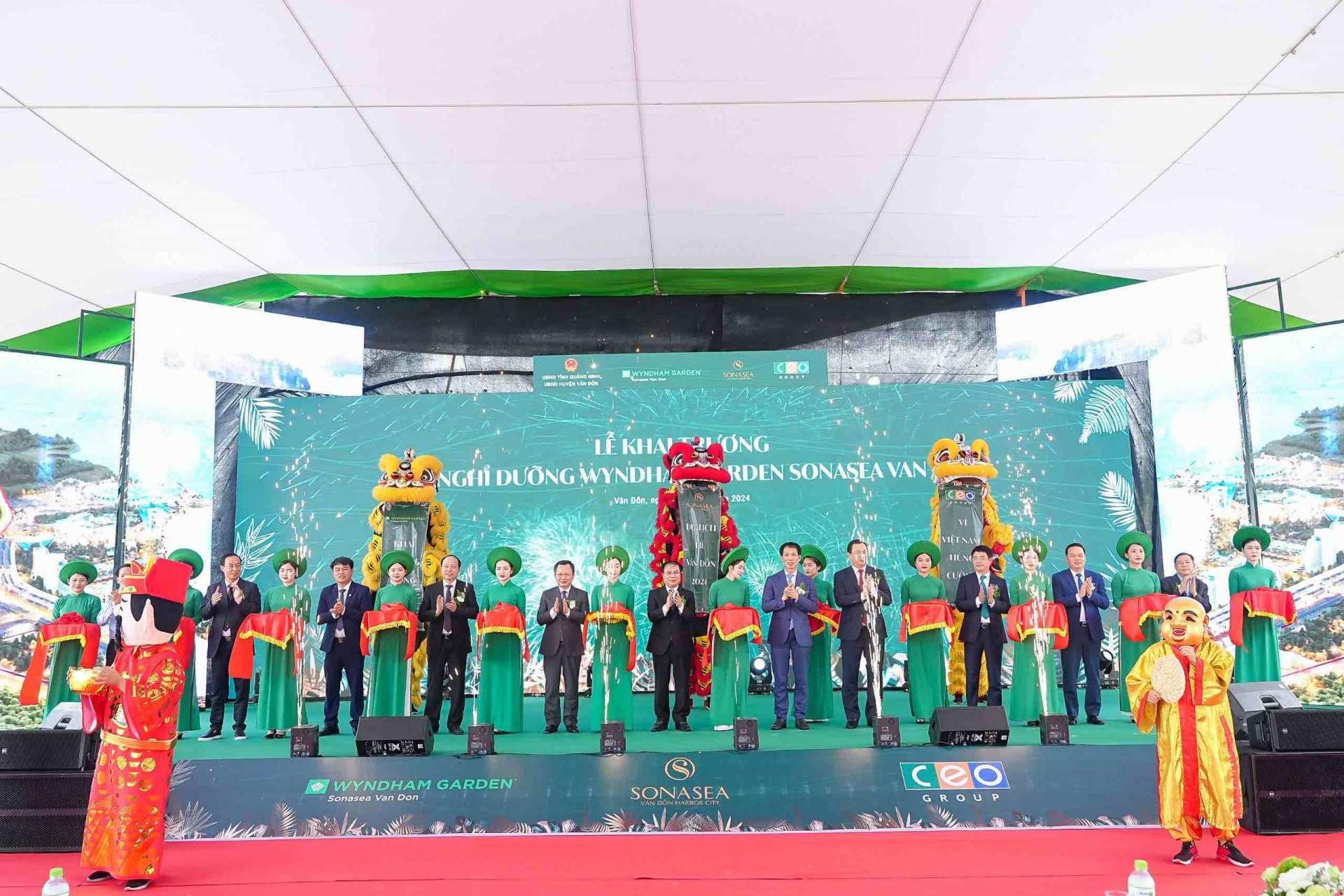
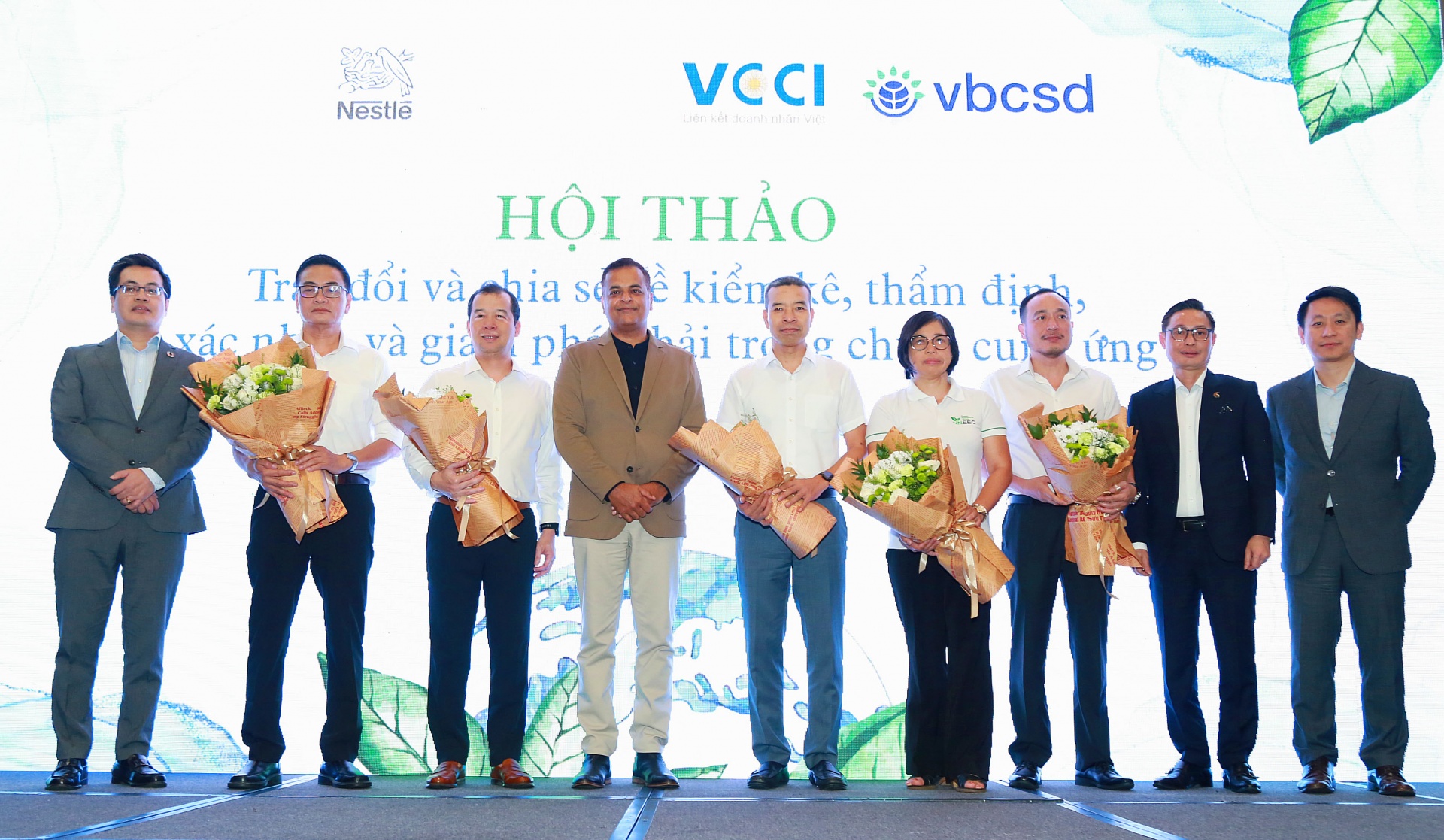



 Mobile Version
Mobile Version